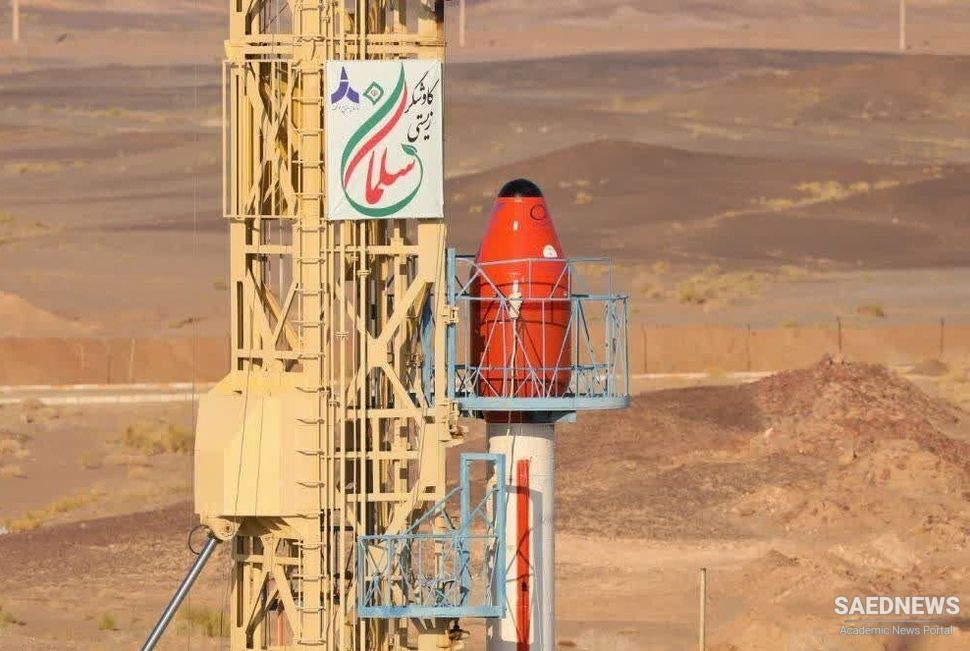The launch took place on Wednesday (Dec. 6) and saw the capsule reach a height of 80 miles (130 km), according to Iran's Mehr News Agency. The capsule weighed 1,100 lbs (500 kg) and was launched atop one of the nation's Salman solid-propellant rockets.
Al Jazeera reports there were unknown animals aboard, but there is no official confirmation yet of what they might have been. Regardless of any animal occupants, the Iranian Space Agency says the capsule will help the nation put its own astronauts into space.
"In line with the implementation of the ten-year document of the country's space industry, the 'Life in Space' program has been revived and soon, God willing, the suborbital tests of the new generation 'bio-capsule' will be completely Iranian," the Jerusalem Post reported Iranian Communication Minister Eisa Zarepour as saying on Dec. 4.
Only three countries — Russia, the United States and China — have independent human spaceflight capabilities. India is working on becoming the fourth in the next few years with its Gaganyaan project.
Iran is currently only capable of launching small satellites to low Earth orbit. It would need to develop much larger and more reliable launch vehicles, a crew capsule and life support systems, reentry technology requiring material breakthroughs, parachute systems and more.
Iran will face difficulties accessing technologies being under US sanctions but the country recently increased its space cooperation with Russia, signing deals for new satellites. The former Soviet Union became the first country to launch a human into space in 1961 with Vostok 1 (source: space.come).


 Miraculous Bliss of the Imam Spread through the Ummah
Miraculous Bliss of the Imam Spread through the Ummah














































